Preservation, Conservation, and Restoration Services
Structural and aesthetic solutions that slow deterioration, extend useful life, and enhance use. Services are provided according to Professional Conservation standards. Each object is evaluated on an individual basis by appointment. A portfolio is available upon request.
Services include:
Historical and contemporary conservation bindings
Preventative conservation including collections assessments and surveys
Preservation consultation and planning including loans, exhibitions, disaster preparedness, storage solutions, pest control, and environmental monitoring
Digitization and reproduction
Insurance information and claims
Workshops and lectures - private and group
Project Management
BOOKS
All work is done in a manner sympathetic to the period and origin of the original binding unless a conservation design binding is requested and appropriate











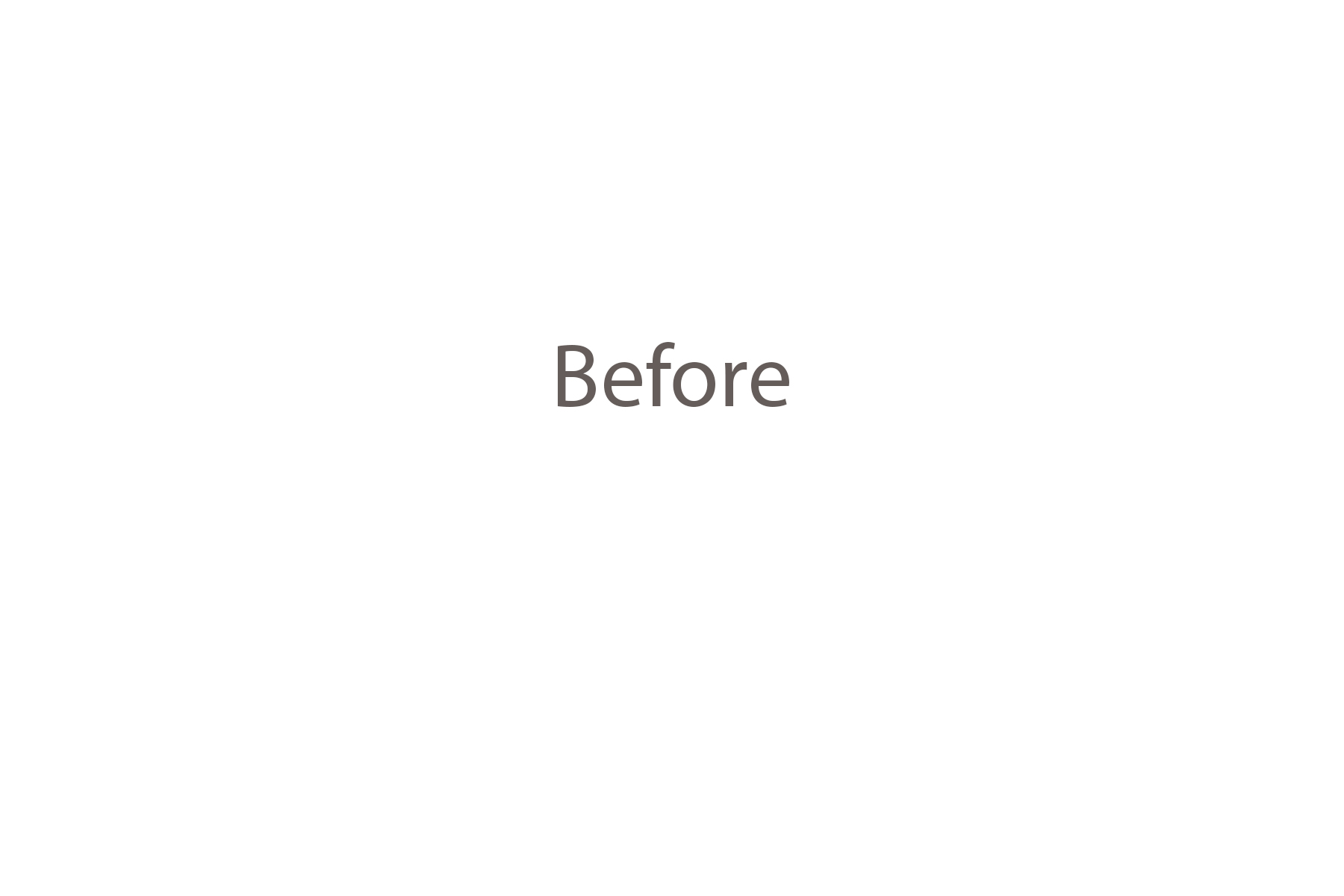
Cloth Reback on a case binding. Removed tape and residual adhesive. Guarded and mended loose and torn pages. Covered and consolidated worn and exposed areas of the boards and cloth. Consolidated the spine, adding an aerolinen spine lining and a hollow. The textblock was then reattached to the cover and the joints were toned.







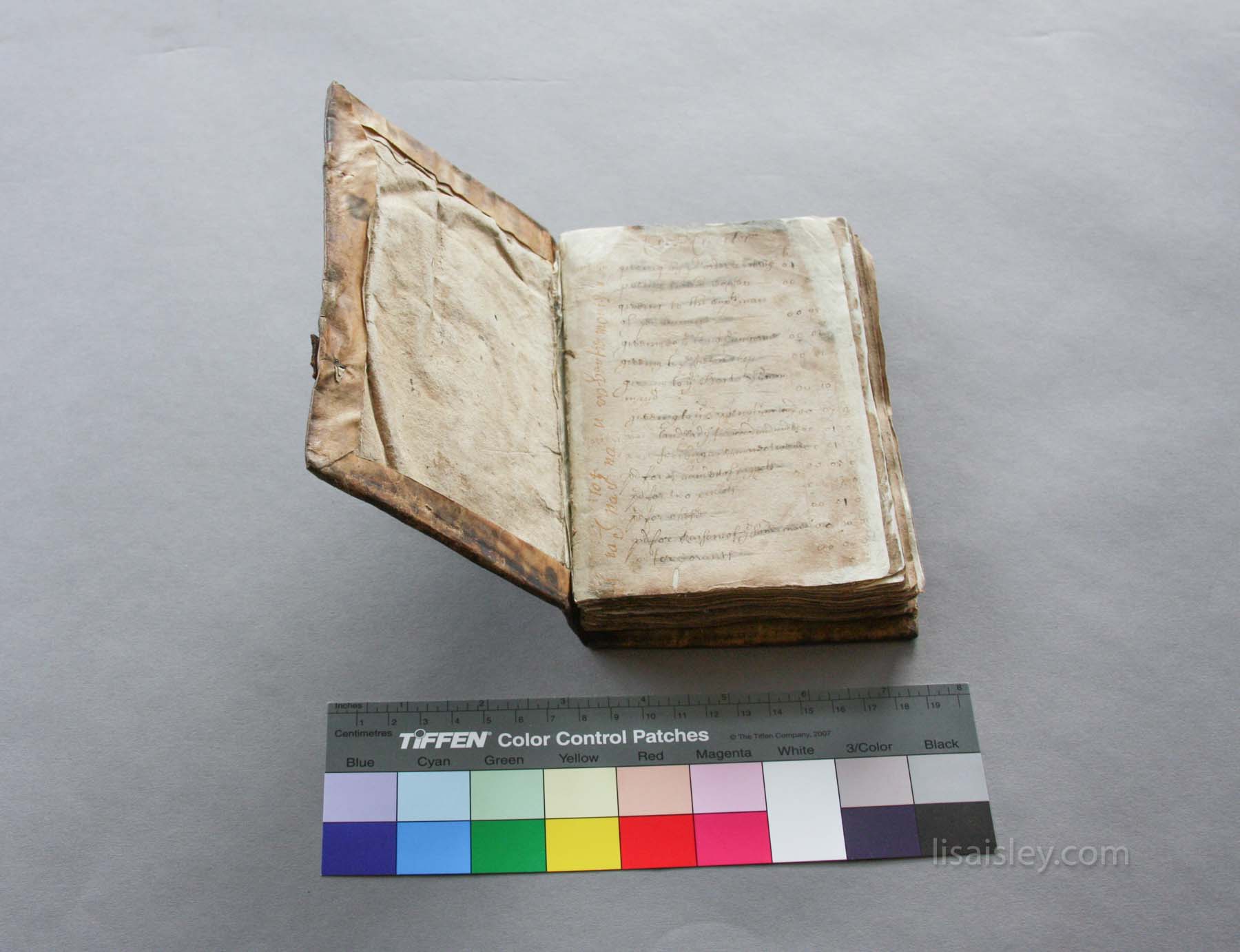



A full vellum book, sewn on 2 cords with 4 stations with no evidence of spine lining or endbands. The cover was removed and the text disbound so both the binding and the sewing could be documented. The text was surface cleaned removing grime, insect droppings and other accretions before it was digitized. The pages were guarded and mended. The head and tail of the vellum case were humidified locally so that the turn ins could be re-folded returning to its original shape. The tears and losses on the cover were repaired using toned Japanese paper. The text block was sewn on two cords using a thin Japanese paper concertina and toned thread using the original sewing stations. The text block was laced in to the cover as it was originally and the outside of the cords were toned to match. The edges of the concertina were pasted under the paper on the inside joints.

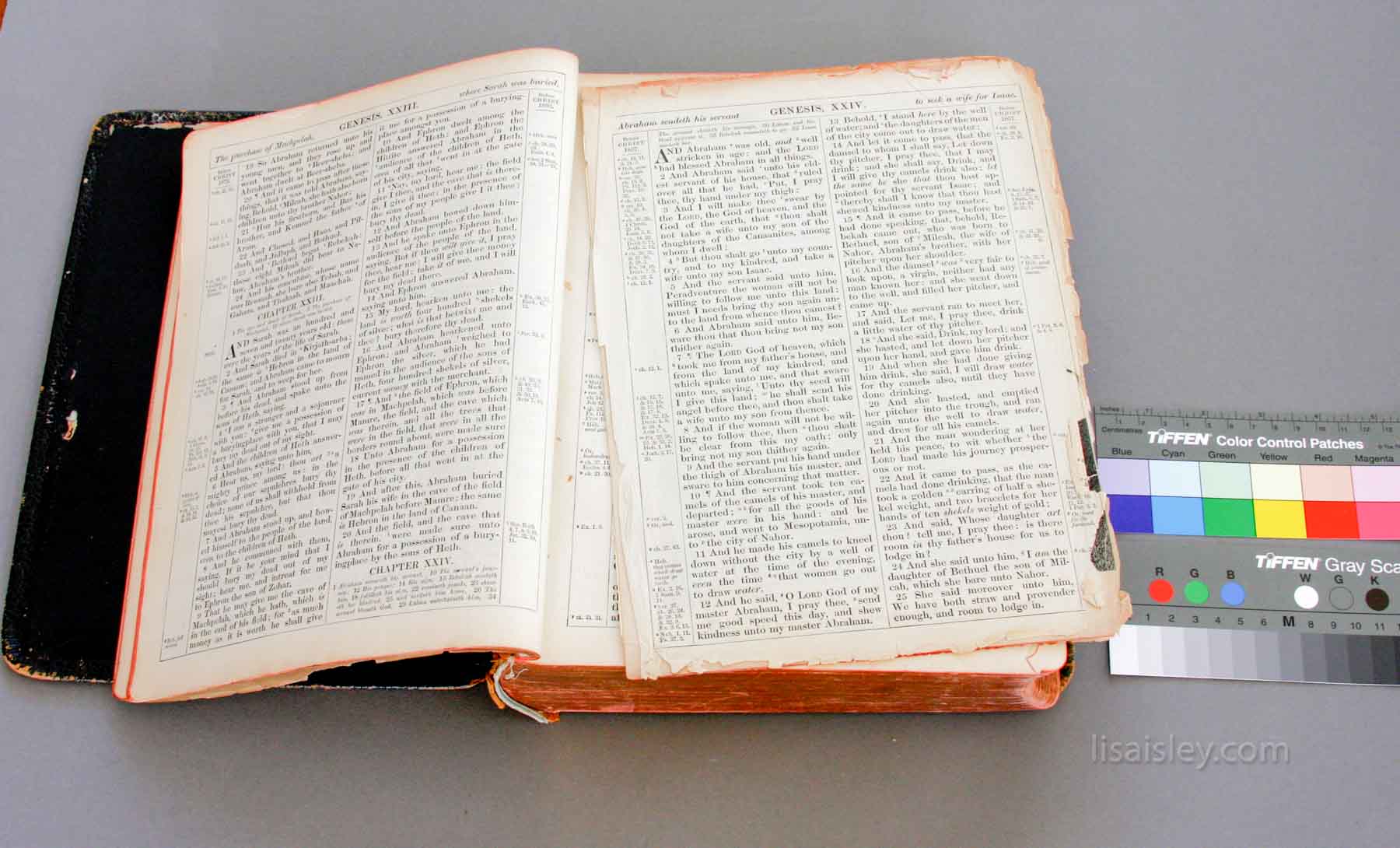



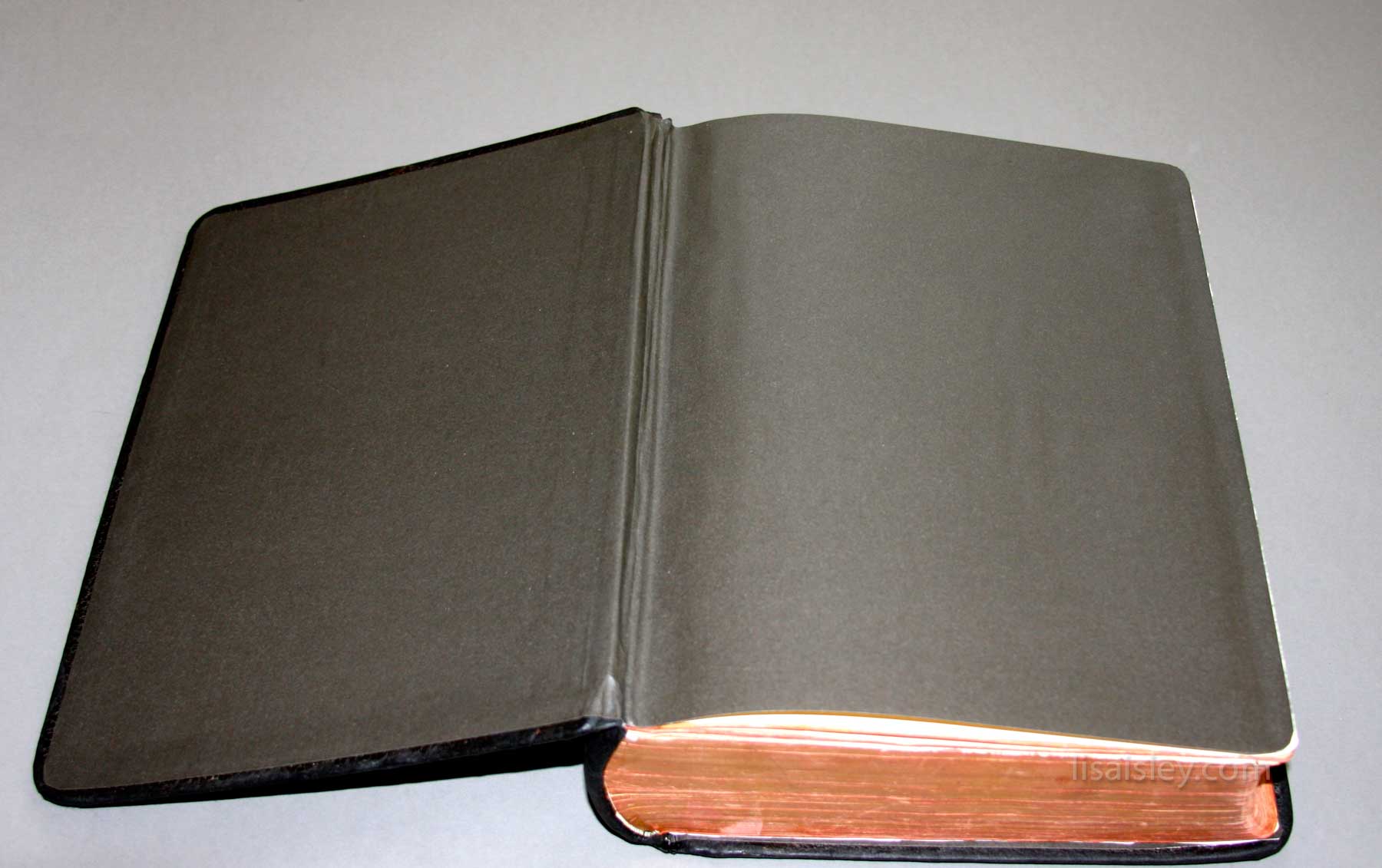


The text block of the Bible was intact but there were tears and loose sections at both the front and back of the book, the covers were separated from the spine. The tears were mended and loose pages were guarded back in. The leather was consolidated and new joints were created using toned Japanese paper and aerolinen.




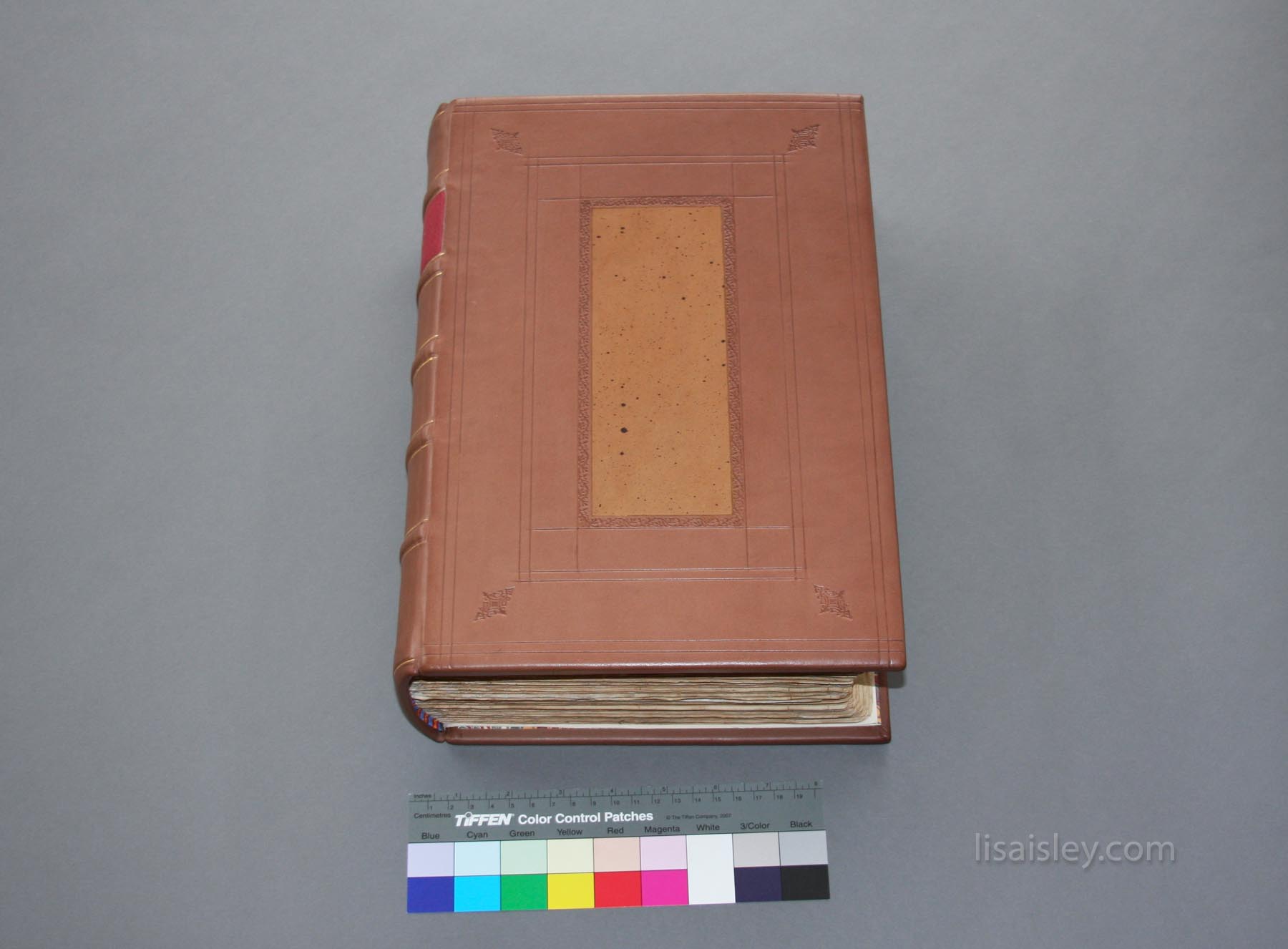



Treatment of a 1616 King James Bible that had been previously repaired and rebound. Client wanted the text to be cleaned, mended, and rebound in a classic calf Cambridge panel binding with blind tooling. Removed previous repairs, deacidified, mended and guarded text. Resewn on double cords using the original sewing stations. Minimally rounded and backed the book to match the period. Sewed English-style endbands in silk, after consultation with the client. The book was covered in calf with speckled calf inlays on the covers. The covers were blind tooled and the spine gold tooled.
PAPER







An offset printed card and two gelatin photos stuck together. There was water damage and brown staining on the left side of the bottom two cards. After testing the bundle was immersed in distilled water allowing them to be seperated with little visual impact on the offset printed card. Once the photos were separated the layer of paper still laminated to the front of the photos was removed. The cards were flattened and the cracks were consolidated.










Treatment of Hudson's Bay calendars. Removed accretions, surface cleaned, humidified, and flattened the calendars. Mended and toned areas where the paper was separated from the calendar end bars. Mended tears along the edges. Toned worn and cracked areas on the front of the poster to match. Infilled losses and colour matched to reduce visual impact.





The birth certificate was almost split in three places, was rolled tightly, and almost impossible to open without further damage. Tested inks for solubility. Humidified and flattened in a weighted blotter pack. Mended tears using thin toned Japanese paper and wheat starch paste. Provided an acid and lignin free folder for storage.






Document with iron gall ink and wax seals. The goal was to flatten, surface clean, and mend the certificate without disturbing the iron gall ink and seals. The seals were cracked and the wax needed to be consolidated. The document was surface cleaned. The seal was tested and then consolidated. Flattening was done by humidifying locally using a fine brush to ensure the iron gall ink was not disturbed. The tears and losses were mended.







Removed mouldy engraving from the frame and disposed of damaged mat board and card board. Removed the mould from the frame and front and back of print. Disinfected the frame and glass. Removed acidic adhesive tape from the back of the print. Spot testing revealed that the print could be swabbed with ethanol without disturbing the pigments. This was done all over the print font and back on a suction table. The print was not completely flattened so that it would match the existing set.








The calendared cloth map was split and torn at the folds, as well as soiled with various stains and accretions. It was flattened and the front and back were surface cleaned and accretions were removed without any disturbance to the surface. The losses were infilled with gampi to match the sheen of the surface. Tears and splits were mended using thin Japanese paper. The intact map was placed in a custom protective folder.

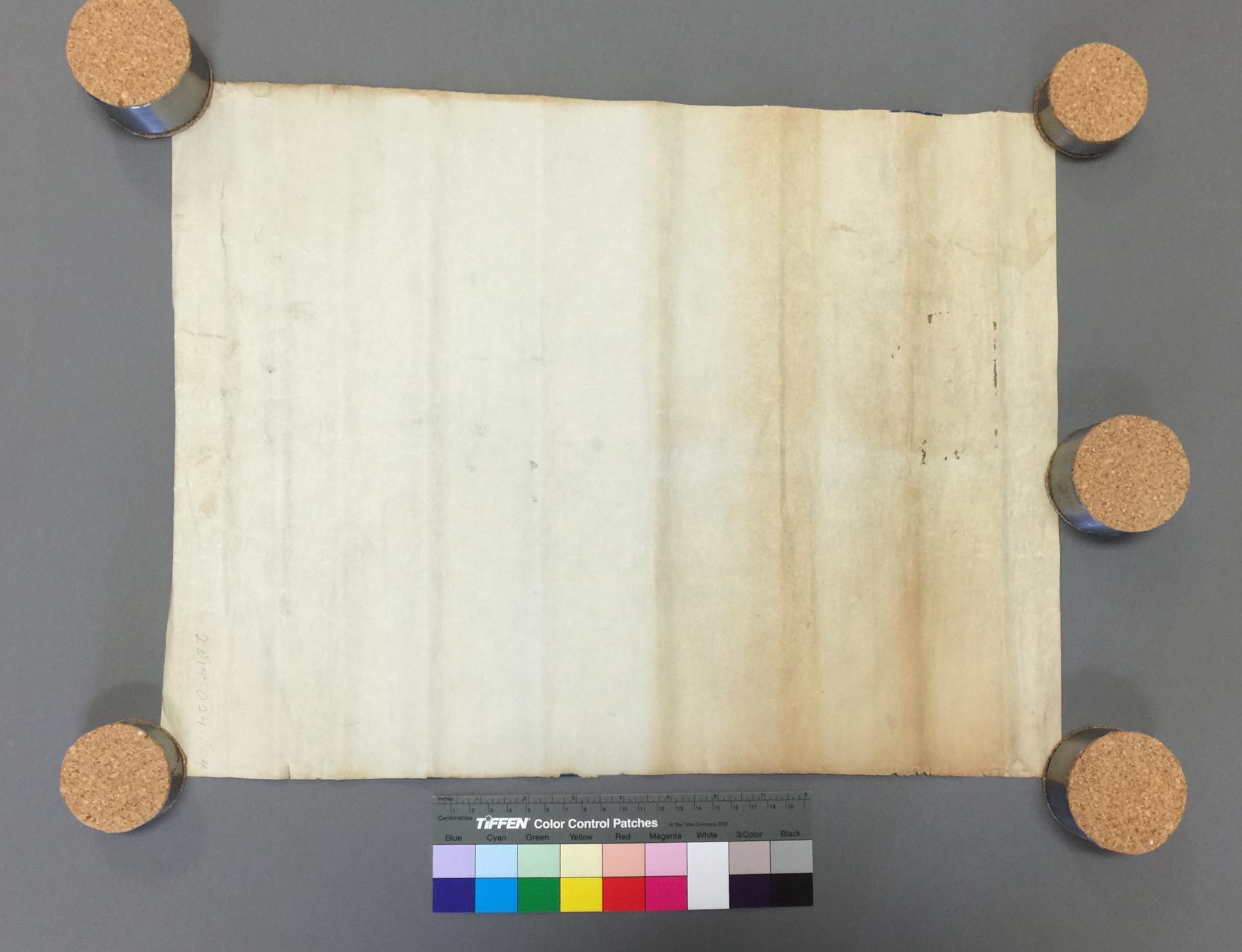



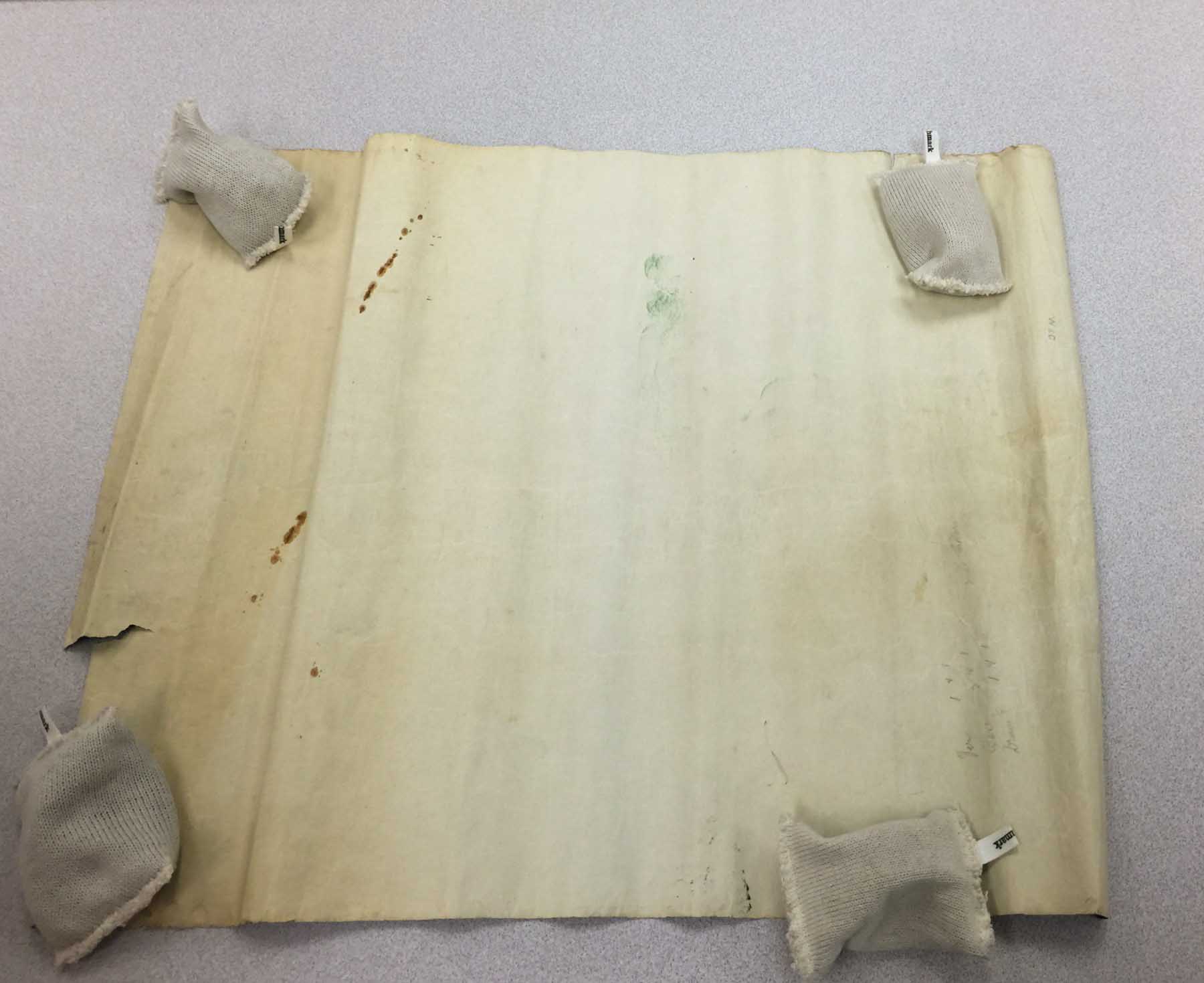






These architectural blueprints were surface cleaned, humidified and flattened. The tears were mended using Japanese paper. The client was provided a Mylar L-sleeve (as blueprints are alkaline sensitive) and an acid and lignin free folder for storage.
BOXES AND ENCLOSURES

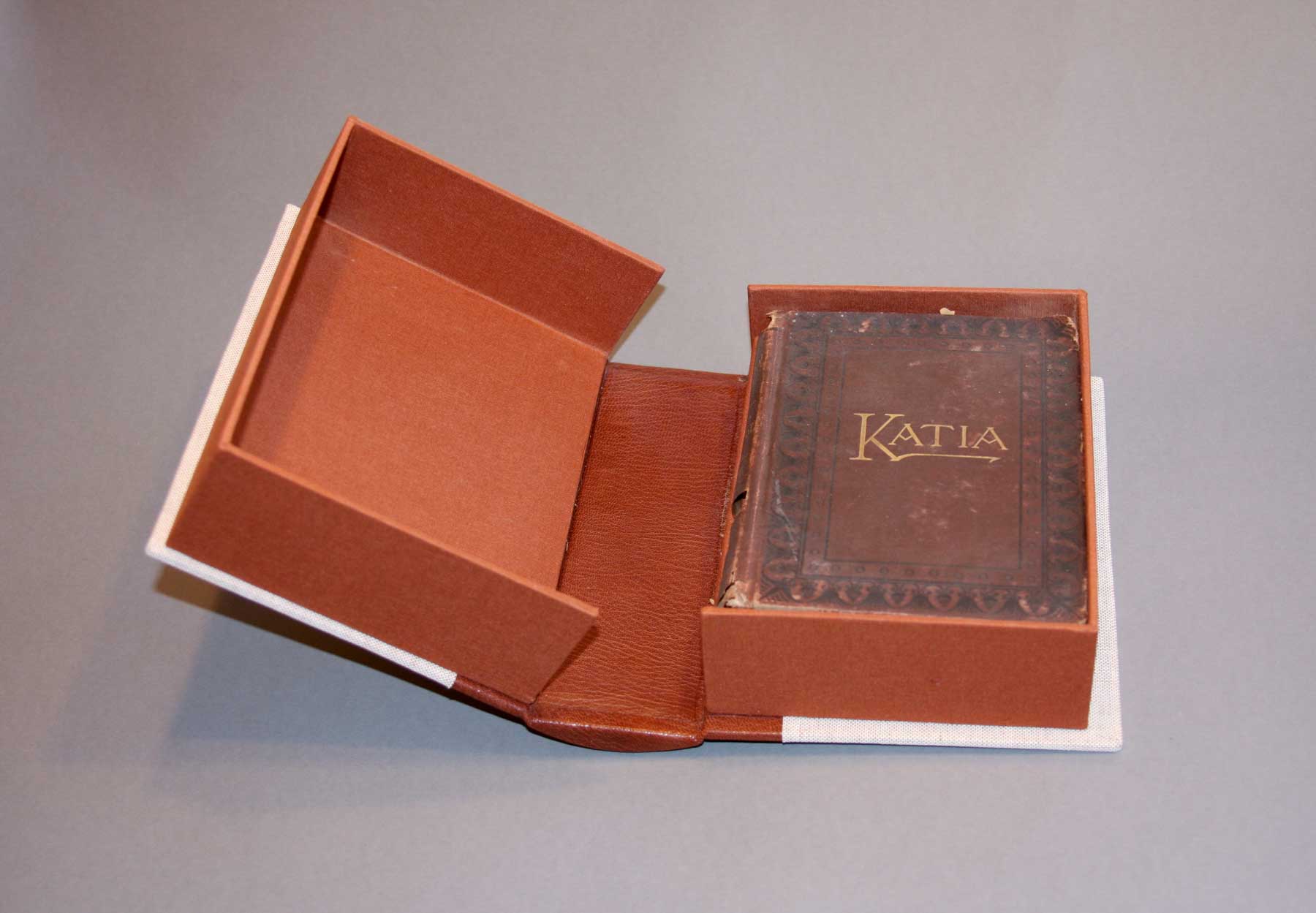









Clamshell boxes in cloth and leather, can have compartments or integrated cradles. Traditional chemise and slipcase as well a slipcase with box. Custom conservation enclosures to suit every budget and need.







